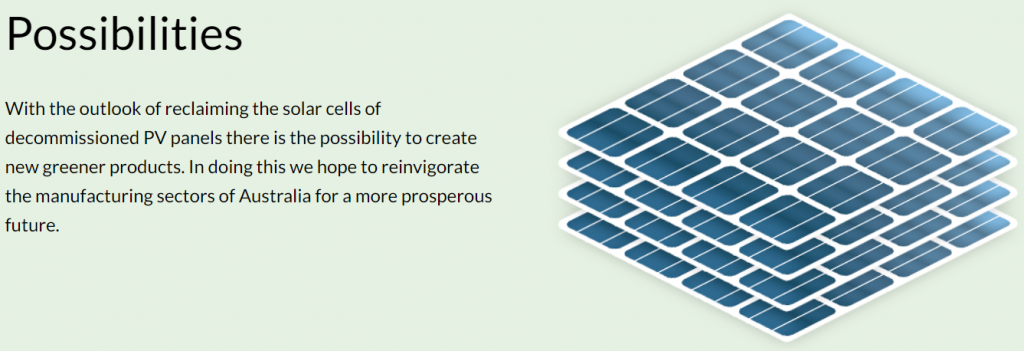Redeployable solar is a very interesting topic as the issue of solar panel recycling comes to the fore. This week ARENA have announced funding for redeployable commercial solar via Australian startup Solpod.
Redeployable solar
Redeployable solar – on Friday the Australian Renewable Energy Agency (ARENA) announced funding for an Australian start up (Solpod Pty Ltd (Solpod)) to trial the installation of movable solar panels on commercial and government building rooftops.
According to a post on the ARENA website, the startup has undertaken trials with ARENA, ERM Power, GPT and Property NSW.

Arena CEO Darren Miller, who took over from previous head Ivor Frischknecht last year, was quoted discussing the redeployable solar and their partnership with Solpod:
“Solpod’s new way of installing solar will pave the way for businesses who were previously locked out of rooftop solar to take up renewable energy solutions and options under shorter term power purchase agreements.
“This Australian start up will help to accelerate solar PV innovation and allows for renewable energy alternatives in niche markets, providing a cost-competitive alternative to standard methods of fixed mounting for delivering rooftop grid connected solar PV,” Mr Miller said.
There were also some comments from founder and CEO of Solpod James Larratt, who discussed the new ‘game-changing’ tech:
“Despite rooftop solar being cheaper and more sustainable than the grid, many businesses have made the rational decision to not adopt solar because of other factors such as length of commitment, disruption on site and damage to buildings. Solpod is the game-changer that removes these barriers and enables businesses to capture the savings in energy costs.”
“Solpod’s solution can adapt to meet individual business needs. For businesses that rent their premises, Solpod can offer short-term contracts to match lease terms. For landlords, Solpod allows flexibility for changing site use and will not damage the roof,” he said.
You can learn more about Solpod’s relocatable commercial solar via their website.




